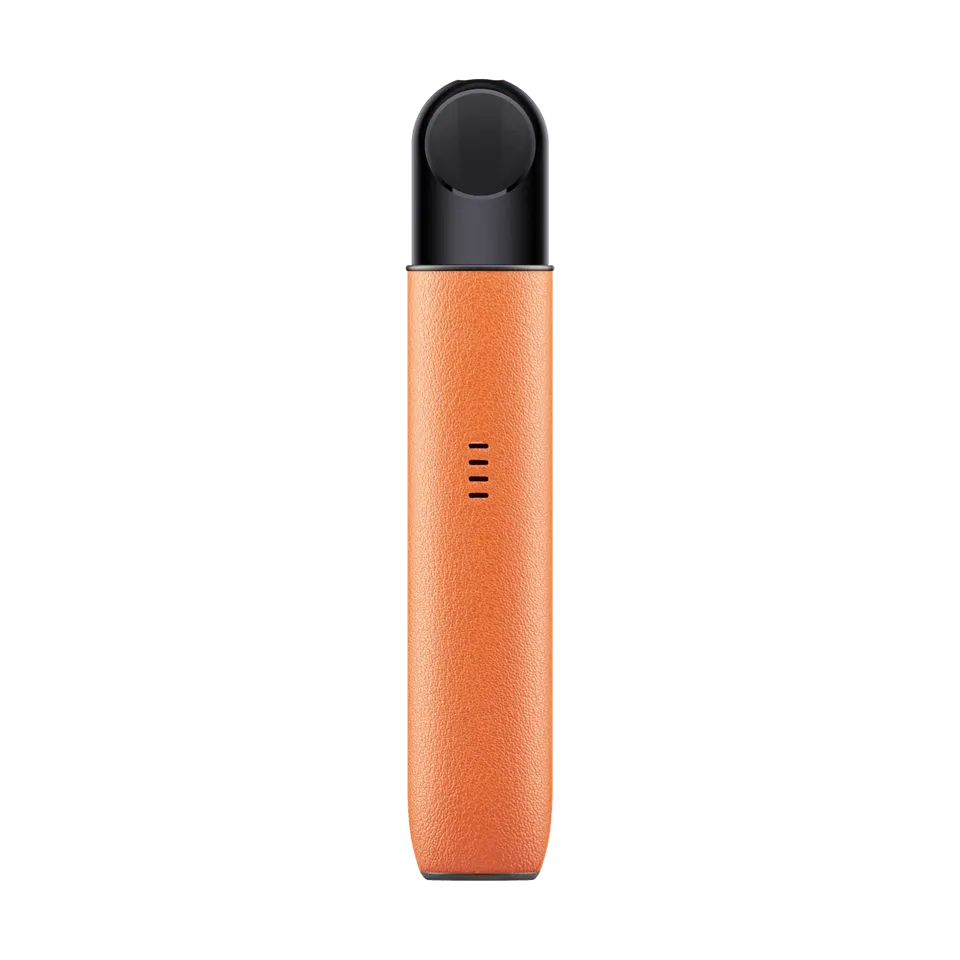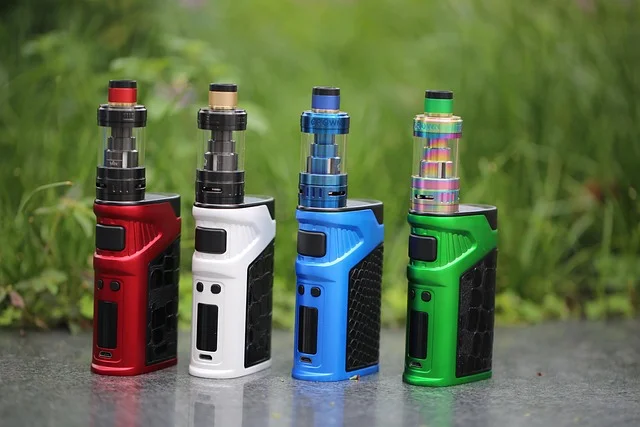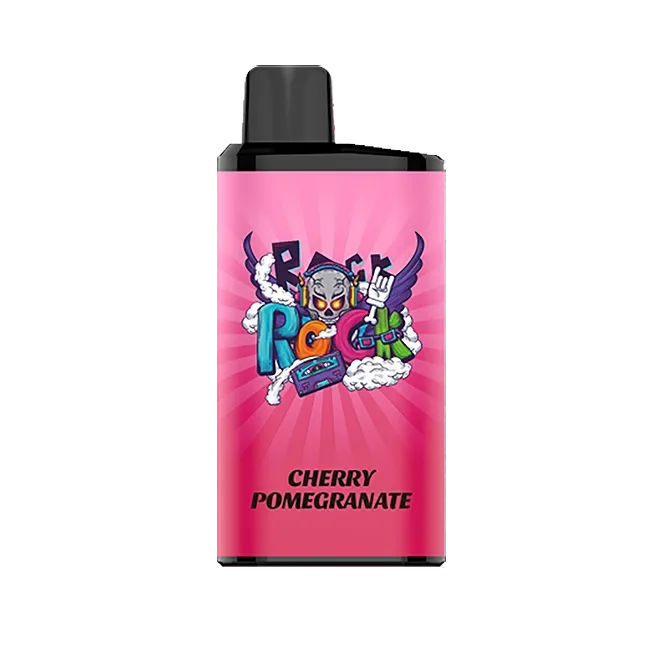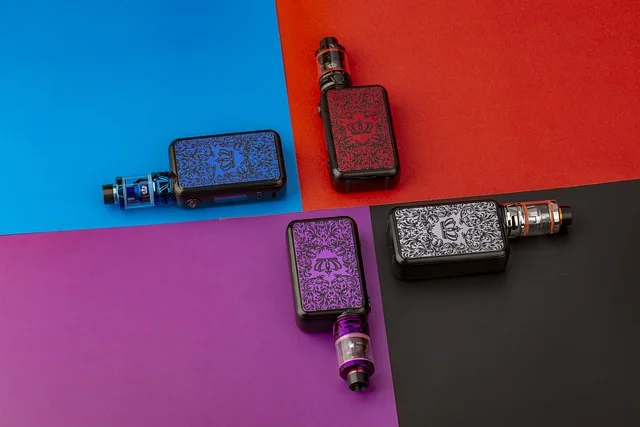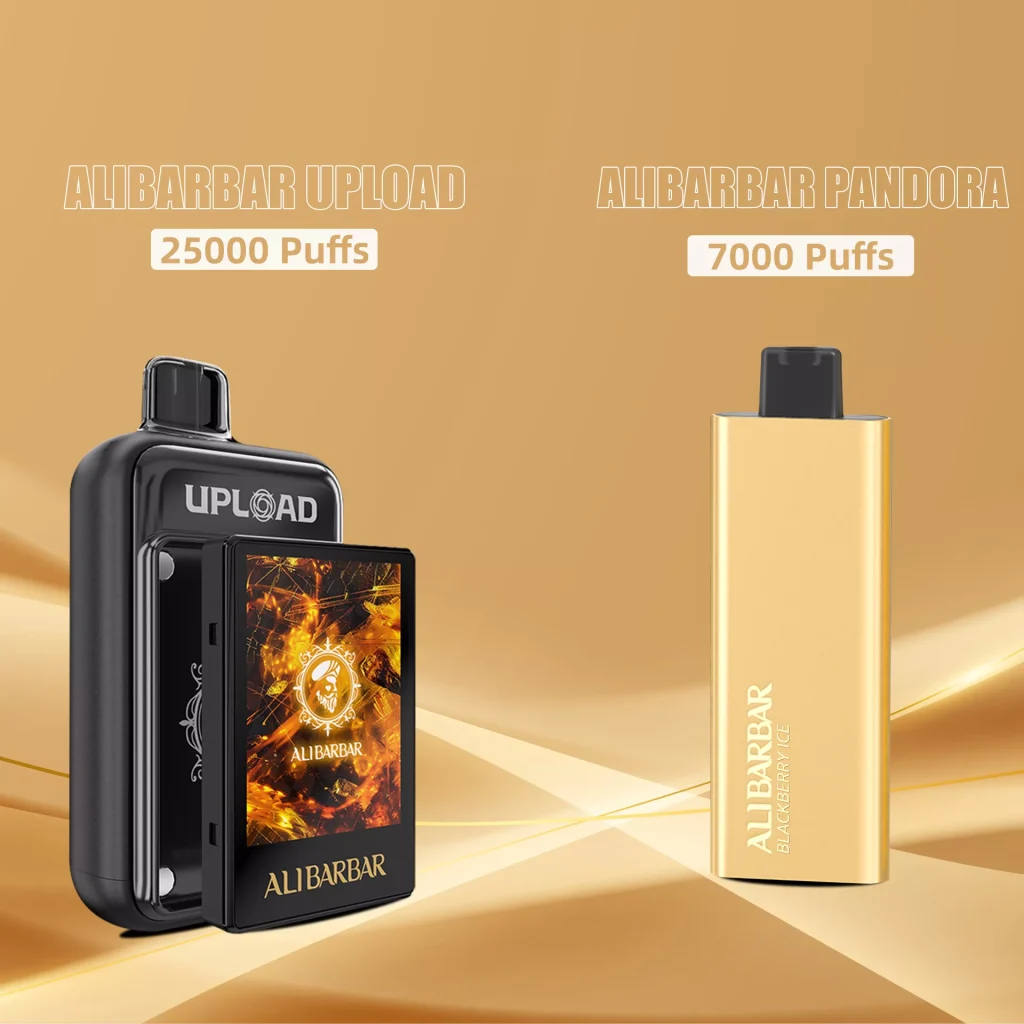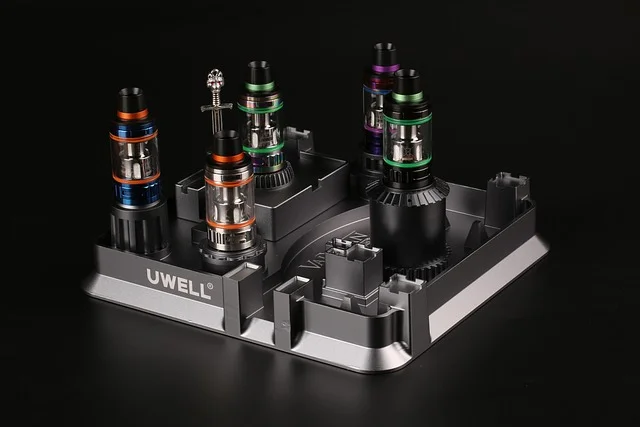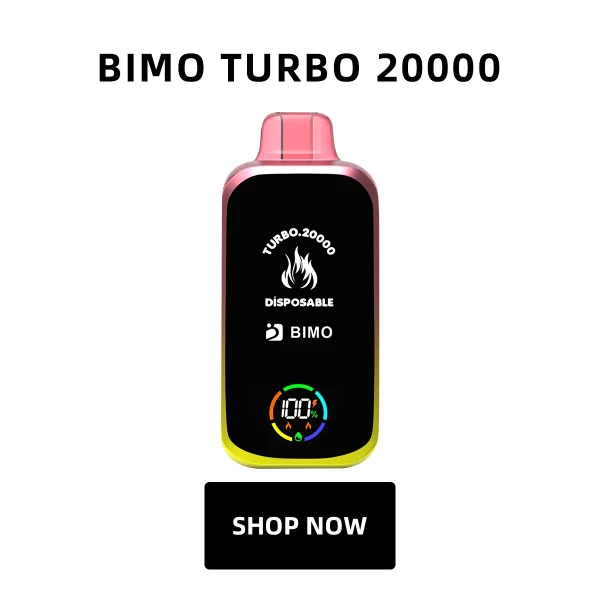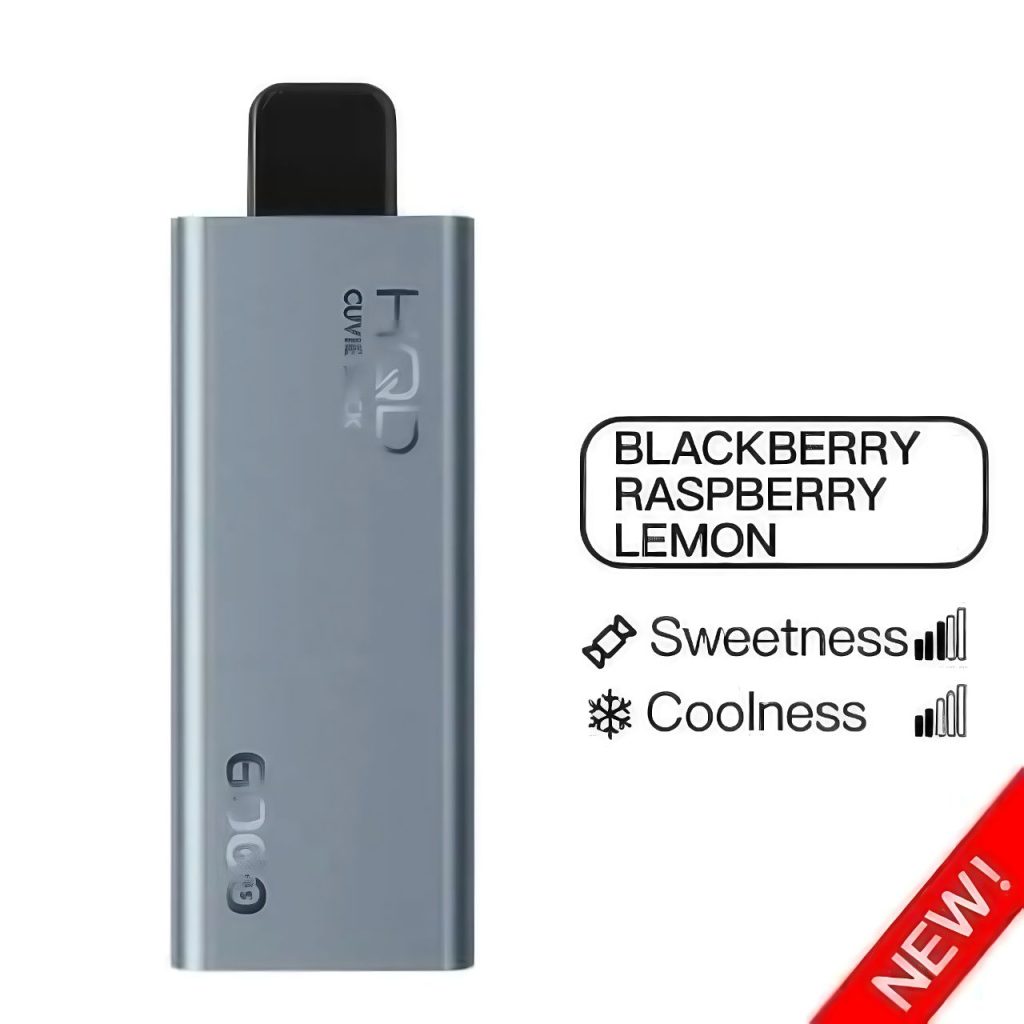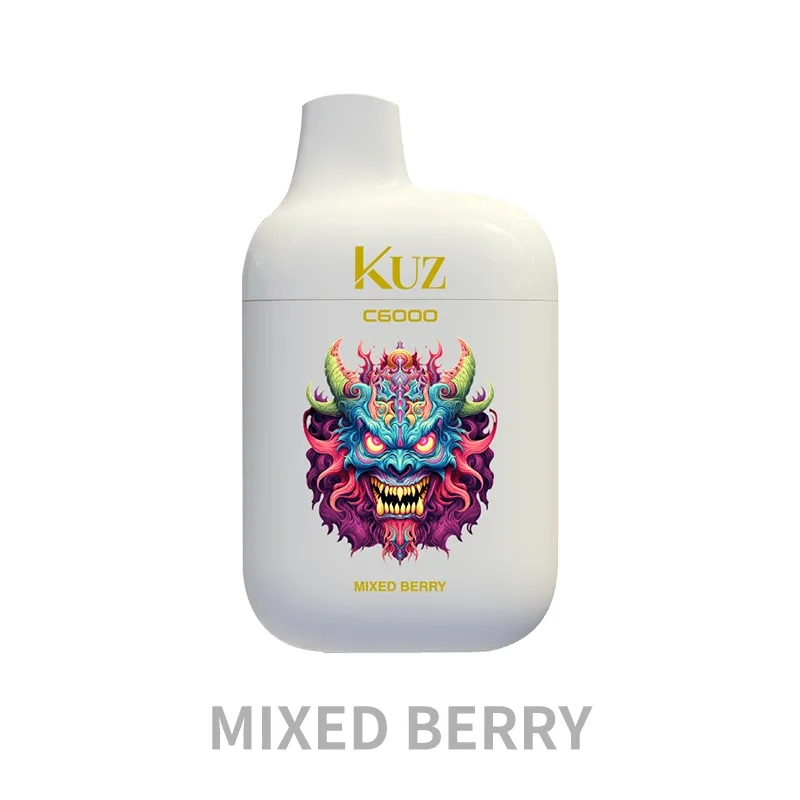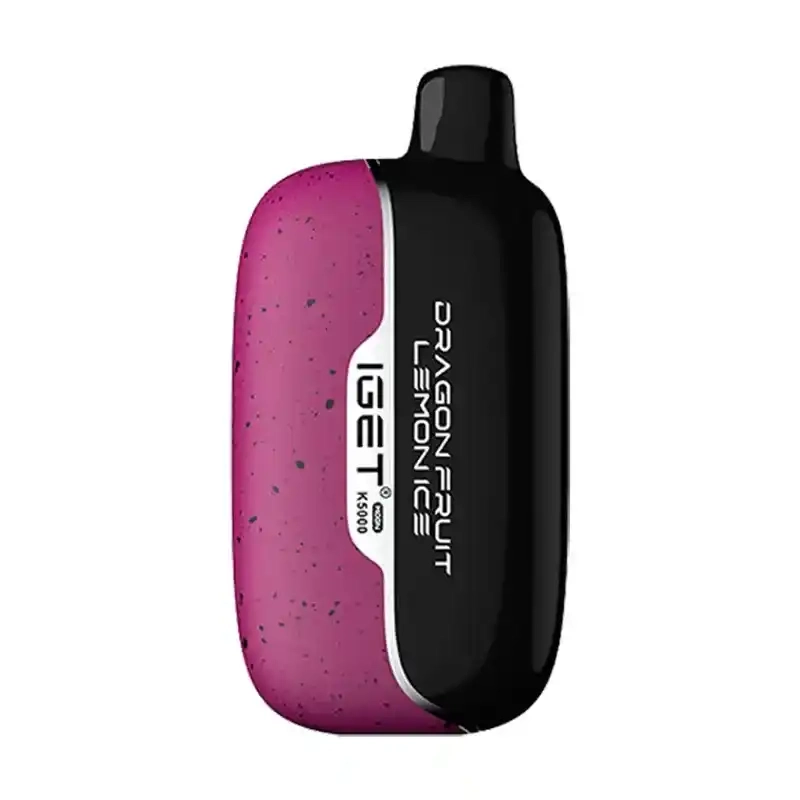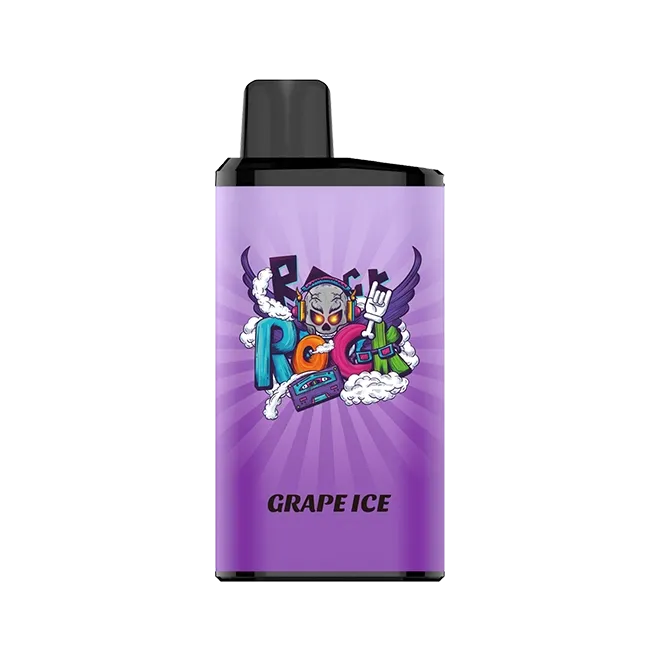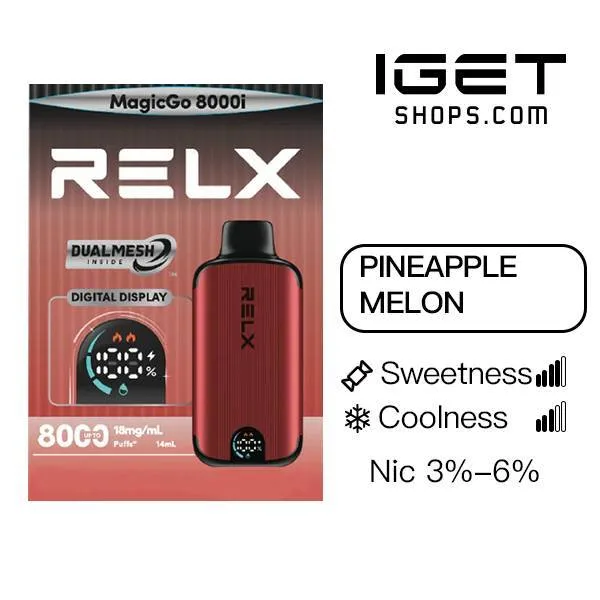Prescription Pathways Versus Prohibition: Navigating Australia’s Vape Law Crossroads
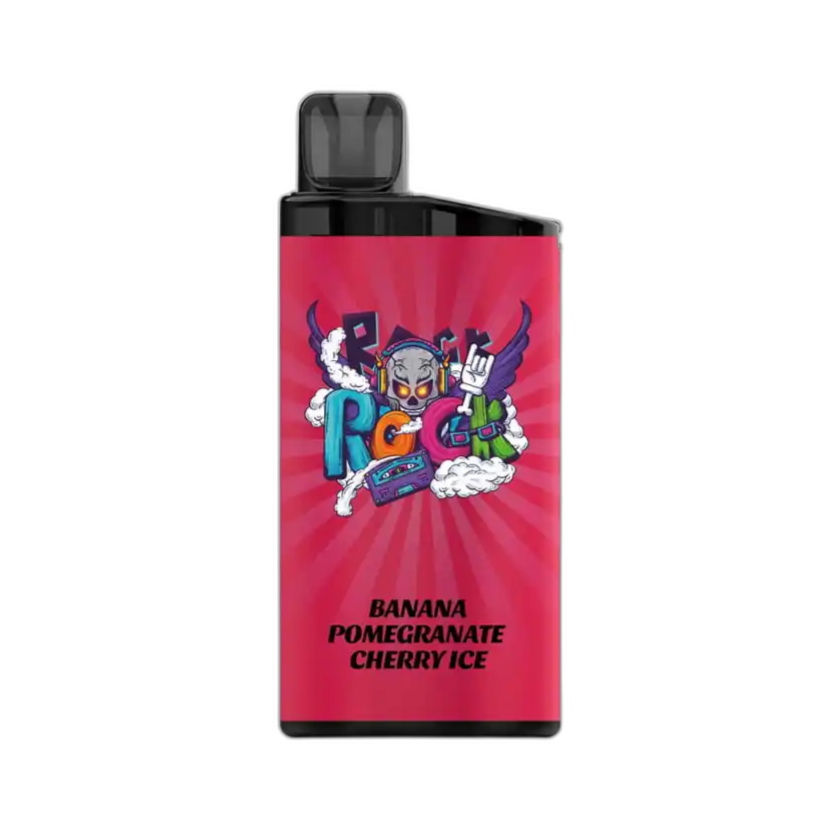
📋 Table of Contents
- The Evolution of Australian Vape Regulation
- Current Legal Framework Breakdown
- Market Comparison: Legal vs Illicit Channels
- Enforcement Realities and Border Controls
- The Prescription Pathway Demystified
- User Experience Case Studies
- Legal Alternatives and Next Steps
-
❓ Frequently Asked Questions
💡 Key Takeaways
- Nicotine vaping products require a medical prescription for legal possession nationwide
- All non-nicotine vapes are effectively banned from retail sale regardless of nicotine content
- The prescription pathway involves specific telehealth or GP consultations for access
- Enforcement has intensified with 68% increase in border seizures compared to 2024
- Legal alternatives include pharmacy-dispensed products and smoking cessation programs
📈 The Evolution of Australian Vape Regulation
Australia’s approach to vaping regulation has transformed from state-based controls to a unified national framework that positions nicotine as a strictly controlled substance. The 2025 landscape represents the culmination of multi-year policy shifts that began with the 2021 prescription model and accelerated with the 2024 retail bans. According to a 2025 industry analysis by Australian Health Policy Institute, this regulatory trajectory has created a 58% reduction in visible retail vape availability while simultaneously driving underground market innovation.
The philosophical underpinning of Australia’s approach distinguishes it from harm reduction models adopted in the UK and New Zealand. Rather than embracing vaping as a consumer product for smoking cessation, Australian regulators have medicalized nicotine delivery systems, requiring healthcare provider oversight for access. This medical model creates both barriers and protections for consumers navigating the complex vape laws australia environment.
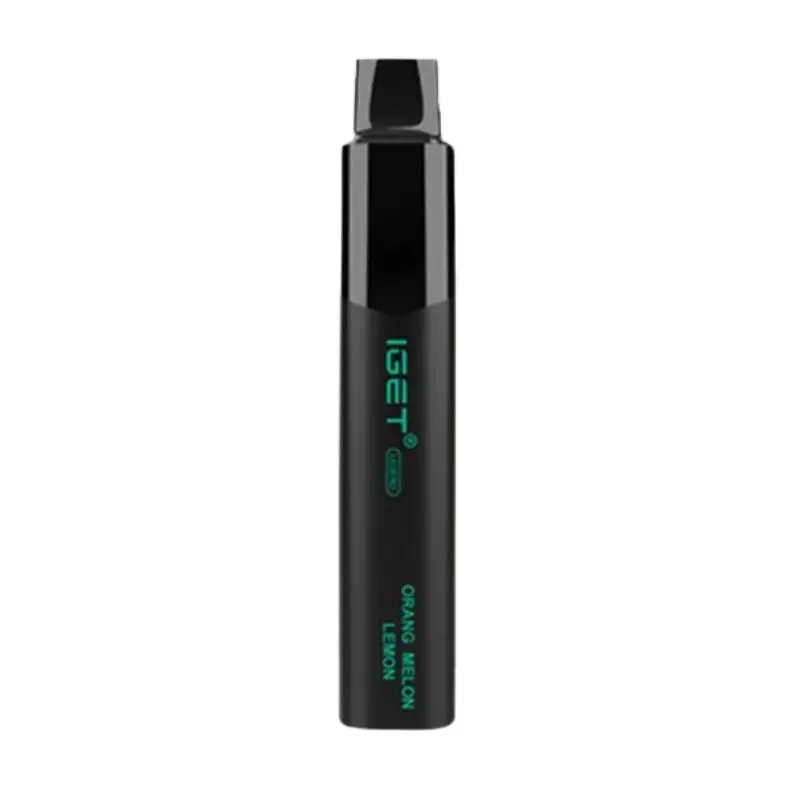
⚖️ Current Legal Framework Breakdown
Prescription-Only Nicotine Access
Under the Therapeutic Goods Administration (TGA) regulations, nicotine vaping products are classified as prescription-only medicines. This means that legal possession of nicotine e-liquids or devices requires a valid prescription from an Australian medical practitioner. The 2025 data shows that 42% of general practitioners now feel comfortable prescribing vaping products, up from just 18% in 2023 according to Royal Australian College of General Practitioners survey data.
Importation and Personal Use Limits
Individuals with a valid prescription can import up to a 3-month supply of nicotine vaping products from overseas suppliers, provided they comply with specific notification requirements through the TGA’s Personal Importation Scheme. The 2025 enforcement data indicates that border officials have intercepted over 87,000 illegal shipments in the first half of the year alone.
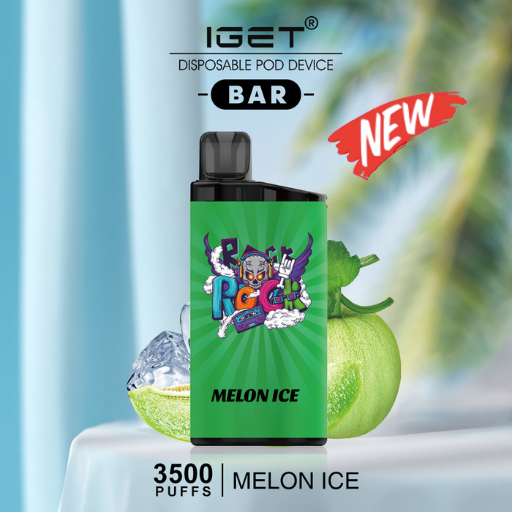
📊 Market Comparison: Legal vs Illicit Channels
The Australian vaping market has bifurcated into distinct legal and illicit segments with dramatically different characteristics. A 2025 market analysis by Consumer Choice Australia reveals that legal prescription channels account for approximately 23% of total nicotine consumption, while the remaining market is served through various illicit channels.
Legal Prescription Channel Characteristics
- Products must meet TGA quality and safety standards
- Access requires healthcare consultation and ongoing oversight
- Limited flavor options focused on tobacco and menthol
- Higher upfront costs but potential PBS subsidies
- Regulated nicotine concentrations typically under 20mg/mL
Illicit Market Channel Characteristics
- Wide availability through covert retail and social media
- Extensive flavor variety and device options
- No age verification or quality controls
- Highly variable pricing with significant premium for convenience
- Often contains undisclosed nicotine concentrations exceeding 50mg/mL
The price differential between these markets has narrowed in 2025, with legal options becoming more competitive as scale increases. However, convenience remains the primary driver for illicit market persistence. Click here to learn more about how these market dynamics impact consumer choice.

🚔 Enforcement Realities and Border Controls
Enforcement of vape laws australia has intensified throughout 2025, with coordinated operations between federal and state authorities. The Australian Border Force has implemented advanced scanning technologies specifically calibrated to detect vaping products in international mail and cargo. According to their 2025 operational report, detection rates have improved by 47% compared to 2024 capabilities.
State-level enforcement varies significantly, with New South Wales and Victoria dedicating specialized resources to vape regulation compliance. Retail compliance operations have resulted in over 1,200 infringement notices issued to businesses illegally selling vaping products in the first quarter of 2025 alone. The maximum penalties for supplying nicotine vaping products without authorization can exceed $220,000 for corporations and include imprisonment for individuals.
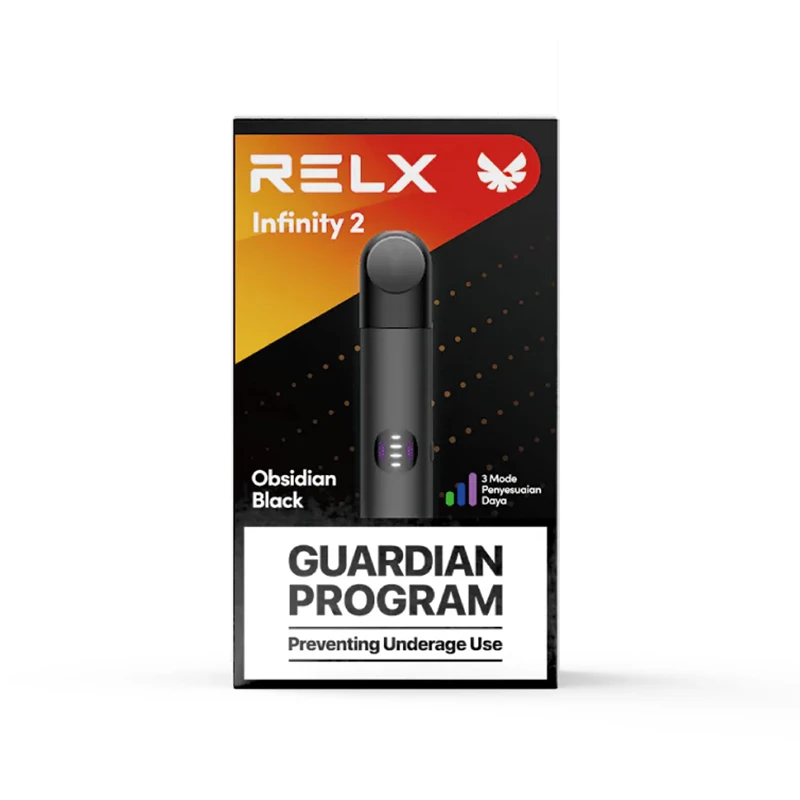
🩺 The Prescription Pathway Demystified
Step-by-Step Guide to Legal Vape Access
Step 1: Medical Consultation
Schedule an appointment with your GP or through a telehealth service specifically offering vaping prescriptions. Be prepared to discuss your smoking history, previous quit attempts, and reasons for considering vaping.
Step 2: Assessment and Eligibility
The healthcare provider will assess whether you meet the criteria for a nicotine vaping prescription, typically requiring that you’ve tried other cessation methods unsuccessfully and are a current smoker.
Step 3: Prescription Issuance
If approved, you’ll receive a prescription specifying nicotine strength, quantity, and duration. Many providers now issue electronic prescriptions that can be directly forwarded to authorized pharmacies or overseas suppliers.
Step 4: Sourcing Products
With your prescription, you can purchase from Australian pharmacies stocking TGA-approved products or order from overseas suppliers who accept Australian prescriptions and handle the importation process.
Step 5: Ongoing Review
Most prescriptions require follow-up consultations to assess progress and potentially adjust nicotine levels downward as part of a cessation strategy.
The average cost for the initial consultation ranges from $50-150, with many telehealth services offering bulk-billed options for concession card holders. A 2025 study found that 76% of patients successfully obtained a prescription on their first attempt when using dedicated vaping telehealth services.
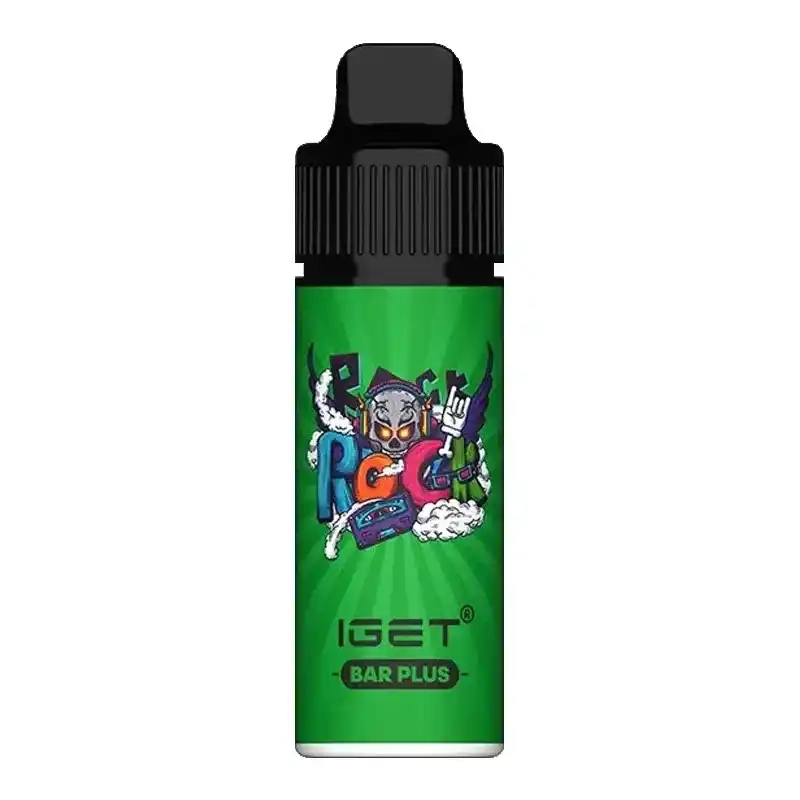
👥 User Experience Case Studies
Real User Journeys Through Australia’s Vape Regulations
Sarah, 42 – Melbourne Teacher
“As a 20-year smoker, I’d tried everything to quit. When the new regulations came in, I was initially frustrated but decided to try the legal route. My GP was surprisingly supportive and prescribed a nicotine vape. The process took about two weeks from consultation to receiving my first legal device. While the flavors are limited compared to what friends get illegally, I appreciate knowing exactly what I’m inhaling. I’ve been cigarette-free for six months now and have stepped down my nicotine strength twice.”Marcus, 35 – Brisbane Construction Worker
“I tried going through my regular doctor but he refused to prescribe vapes, saying he wasn’t comfortable with them. A coworker told me about a telehealth service that specializes in vaping prescriptions. The video consultation took 15 minutes and I had my prescription emailed immediately. I order from New Zealand every three months and it arrives without issues because I have the proper documentation. It’s more expensive than buying locally but I don’t have to worry about fines.”Lena, 28 – Perth Hospitality Manager
“The prescription model didn’t work for me – I found the process confusing and my first order got seized at customs because I filled out the forms incorrectly. I’ve gone back to buying from a guy who delivers to my workplace. I know it’s illegal but it’s just easier. The government has made the legal path so complicated that people like me just give up and take our chances with the black market.”David, 51 – Sydney IT Professional
“I successfully quit smoking using a vape three years ago and now use zero-nicotine liquids. The new laws have actually made things easier for me because I can legally purchase my devices and non-nicotine liquids from specialty vape shops that now operate openly since they don’t touch nicotine. The market has matured with better quality products now that the regulatory uncertainty has been resolved for non-nicotine vaping.”💡 Legal Alternatives and Next Steps
For Australians navigating the complex regulatory environment, several legal pathways exist beyond the prescription model. According to 2025 Quitline data, 34% of smokers attempting to quit now combine multiple approaches, including both pharmaceutical and behavioral support.
Pharmacy-Based Nicotine Replacement
Traditional nicotine replacement therapies including patches, gums, and lozenges remain readily available without prescription and are subsidized through the PBS for eligible patients. Newer fast-acting oral products have shown particular promise in 2025 clinical trials.
Behavioral Support Programs
Government-funded services like Quitline provide evidence-based counseling and support that significantly increases cessation success rates. Digital platforms have expanded access to these services with 24/7 availability.
Non-Nicotine Vaping
For those primarily interested in the behavioral aspect of vaping, non-nicotine products remain legal for purchase and use by adults. The quality and variety of these products have improved significantly as manufacturers focus on this compliant market segment.
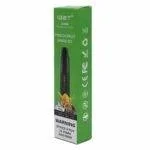
❓ Frequently Asked Questions
Can I still purchase vaping products without a prescription in Australia?
No, all nicotine vaping products require a valid prescription for legal purchase and possession. Non-nicotine vaping devices and liquids can be legally purchased by adults, but retail sales restrictions vary by state.
What are the penalties for breaking vape laws in Australia?
Penalties vary by jurisdiction but can include significant fines (up to thousands of dollars for individuals), seizure of products, and in some cases criminal charges for commercial-scale supply without authorization.
How difficult is it to get a vaping prescription?
The difficulty varies by healthcare provider. Dedicated telehealth services have streamlined the process with high approval rates, while some traditional GPs remain reluctant to prescribe vaping products despite updated guidelines.
Can I import vaping products for personal use?
Yes, with a valid prescription you can import up to a three-month supply of nicotine vaping products for personal use through the TGA’s Personal Importation Scheme, following specific notification requirements.
Are there any legal vape shops still operating in Australia?
Shops selling non-nicotine vaping products operate legally in some states, while others have broader retail bans. No shops can legally sell nicotine vaping products over the counter without a prescription fulfillment model.
How are the laws enforced differently across states?
While the federal laws establish the prescription requirement, enforcement approaches vary significantly. Some states prioritize education and warnings, while others conduct aggressive compliance operations with substantial penalties.
About the Author
Dr. Evelyn Reed is a Public Health Policy Specialist with over 12 years of experience in tobacco harm reduction and nicotine regulation. As former senior advisor to the National Health Regulation Commission, she has contributed to the development of evidence-based approaches to smoking cessation and currently serves as research director at the Australian Institute of Substance Policy. Dr. Reed’s work focuses on balancing regulatory frameworks with practical harm reduction strategies.
Related Articles
Why Your Taste Buds Are Demanding This Revolutionary Flavor Experience
Explore the latest advancements in vape flavor technology that are transforming user experiences.
What Makes Australian Vape Mods the Ultimate Choice for Discerning Users?
Discover why Australian-designed vape modifications are setting new standards for performance and safety.
The Insider’s Guide to Finding Rockingham’s Best Vape Shop: What Local Experts Won’t Tell You
Uncover the hidden gems and essential tips for navigating Rockingham’s vape retail landscape.
Why Your Choice of Vape Shop in Hervey Bay Matters More Than Ever
Learn how to identify quality retailers in Hervey Bay’s evolving vape market and make informed purchasing decisions.
